Ribbon (especially hybrid and resin-based ribbons for high-end printing) is an expensive composite material whose slitting quality directly determines the final print result, such as barcode clarity, legibility, and appearance. Any uneven or uneven defects can lead to the scrapping of the entire ribbon. High-precision slitting machines ensure quality through the following core technologies:
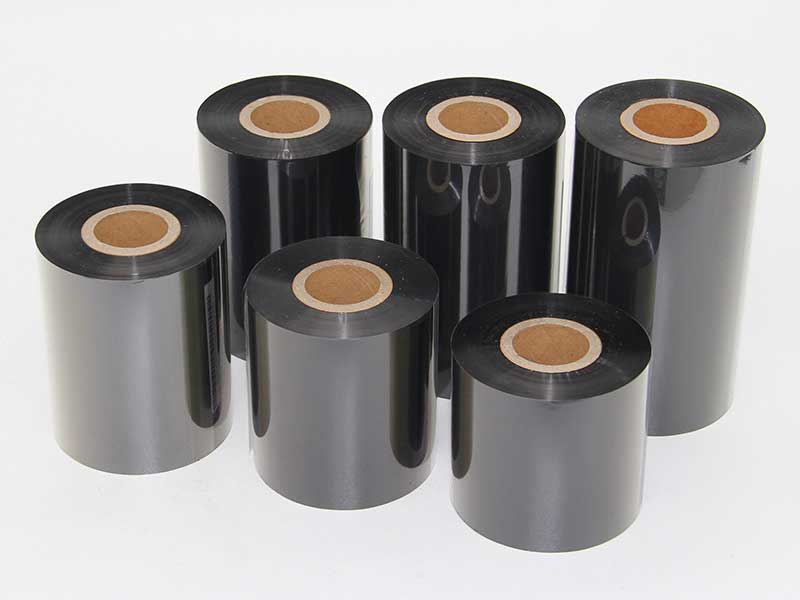
1. The core technology of ensuring uniformity
Uniformity mainly refers to the extreme precision and consistency of the slitting width, with no snake (serpentine), burr or width fluctuations.
1. High-precision CNC transmission and tension control system
◦ Core principle: Maintain constant and appropriate material tension during the entire slitting process, from unwinding, slitting to winding. excessive tension will cause the ribbon to stretch, deform, or even break; If the tension is too small, it will cause the coil to loosen and drift laterally, resulting in uneven cutting edges.
◦ Technical implementation:
▪ Closed-loop tension control: The system monitors the actual tension of the strip in real time through tension sensors and feeds the data back to the central processing unit (PLC). The PLC dynamically adjusts the torque of the magnetic powder clutch (unwinding) and magnetic powder brake (winding) through algorithm calculation, forming a perfect closed-loop control to ensure that tension fluctuations are suppressed within a very small range (e.g., ±1%).
▪ Active rewinding: The servo motor is used to directly drive the retraction and unwinding reel to achieve faster and more accurate torque and speed response, replacing the traditional mechanical friction sheet control with higher precision.
2. Precise guidance and correction system
◦ Core principle: ensure that the edge of the wide master roll is always in a fixed, correct position before entering the slitting knife, so that each cut is cut on a predetermined trajectory.
◦ Technical implementation:
▪ Edge sensor or line array CCD: Real-time scanning of the edge position of the master volume.
▪ Pneumatic or servo correction mechanism: When the sensor detects a slight deviation at the edge, the system immediately instructs the correction mechanism to push the entire unwinding frame for lateral (left and right) fine-tuning, "pulling" the belt back to the correct position. This is the key to ensuring that the slitting does not occur in a "serpentine".
3. Ultra-precise slitting knife system
◦ Core principle: The precision, rigidity, and dynamic balance of the slitting knife directly determine the quality of the cut.
◦ Technical implementation:
▪ Tool Material and Process: High-quality tool steel or carbide inserts are used for precision grinding and dynamic balance correction to ensure sharp blades and no radial runout.
▪ Tool Holder Structure:
• Flat knife slitting: The upper and lower cutterheads are precisely matched like scissors, and the gap can be fine-tuned (often accurate to the micron level), suitable for most ribbon slitting, and the cut is flat and smooth.
• Circular knife slitting: More suitable for high-speed slitting. By precisely controlling the "bite" depth and angle of the round blade, clean slitting is achieved and burrs are reduced.
▪ Chipless slitting technology: Through special tool design and fitting, plastic debris is avoided during the slitting process, which can cause printing defects once they adhere to the surface of the ribbon.
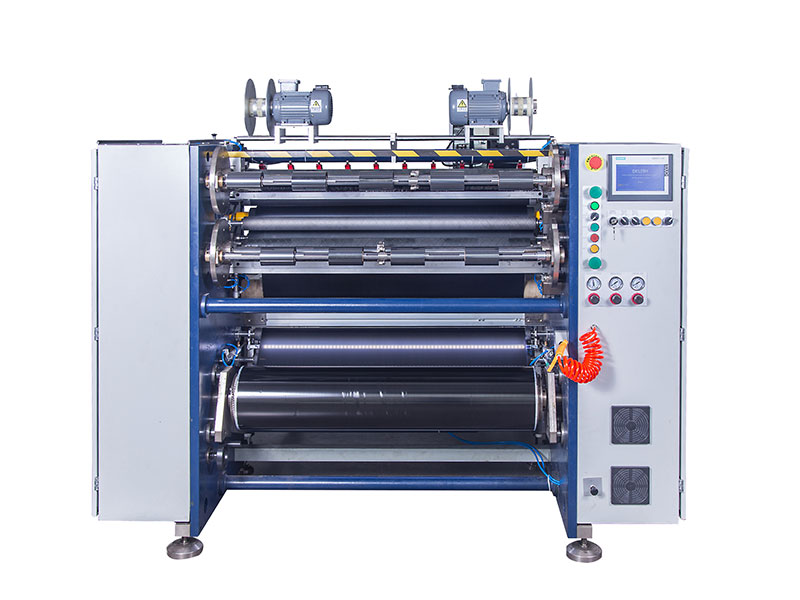
2. The core technology of ensuring flatness
Flatness mainly refers to the narrow ribbon after slitting on the winding, without bulges, gaps, and chrysanthemum patterns, and the cross-section is as flat as a wall.
1. High-precision winding technology
◦ Core principle: The linear speed of winding must be absolutely synchronized with the slitting speed, and as the winding diameter increases, the rotational speed of winding should decrease linearly to maintain a constant surface linear speed.
◦ Technical implementation:
▪ Servo winding system: The main drive and winding shaft are driven by high-precision servo motors, which realize accurate speed ratio synchronization through the electronic gearbox function, completely eliminating pulling or accumulation caused by speed desynchronization.
▪ Automatic taper tension control: During the winding process, the system will automatically reduce the winding tension according to the preset "taper curve" according to the real-time calculated winding diameter. This is because the larger the coil diameter, the more obvious the tensioning force torque effect of the outermost layer, and if the tension is not reduced, the inner layer will be pressed tighter and tighter, resulting in "hard coiling" or even crushing (ink being extruded and sticking) or core deformation.
2. Contact roller system
◦ Core principle: At the same time as winding, a high-finish, high-precision rubber pressure roller is used to adhere to the surface of the coil being formed with constant pressure.
◦ Technical implementation:
▪ This press roller acts as a smoothing and compaction. It instantly flattens the slitted strips, eliminating air entrainment and forcing them neatly in the correct position.
▪ The pressure of the roller also needs to be intelligently adjusted as the roll diameter increases to maintain a constant compaction effect.
3. Accurate coil diameter measurement and calculation
◦ The system monitors the rewinding diameter in real time via an encoder or ultrasonic sensor, and all parameters related to the coil diameter (e.g. speed, tension, roller pressure) are calculated and adjusted based on this data, which is the basis for all intelligent control.
4. Independent control of slitting strips
◦ On ultra-high precision slitting machines, even individual tension fine-tuning of each slitting strip is performed to cope with small width differences or material unevenness, ensuring optimal flatness for each narrow strip.

3. Intelligent and humanized design: the "brain" behind it
Modern high-precision slitting machines are not only the stacking of machinery, but also the embodiment of intelligence.
• PLC + HMI (Man-Machine Interface) Control System: The operator only needs to input parameters such as master coil width, target strip width, tension value, taper curve and other parameters on the touch screen, and the system can automatically calculate the tool position, distribute the spacing, and control the entire slitting process.
• Automatic alarm and diagnosis: The system has automatic detection and alarm functions for abnormal conditions such as tension overrun, tool wear, and belt breakage.
• Data Logging and Traceability: The process parameters of each slitting can be recorded, providing data support for quality traceability and process optimization.
summary
The high-precision ribbon slitting machine is not the product of a single technology, but a complex system integrating precision machinery manufacturing, servo control technology, sensor technology, and intelligent algorithms.
The secret to uniformity and flatness is:
• Stability: Constant tension is maintained through closed-loop control.
• Accurate: Accurate path is ensured by a correction system.
• Advantage: Clean cuts are achieved with precision tools.
• Soft: Winding and flattening through taper control and roller system.
• Intelligence: Parametric operation and process monitoring are realized through intelligent systems.
The synergy of these technologies ultimately ensures that every meter of slitted ribbon meets the stringent quality requirements of high-end printing applications.
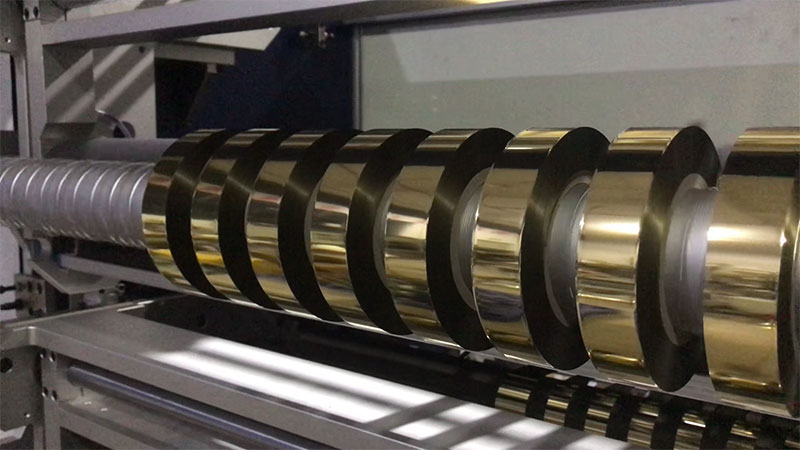 Say goodbye to slitting defects: hot stamping foil loss control solutions based on reliability
Say goodbye to slitting defects: hot stamping foil loss control solutions based on reliability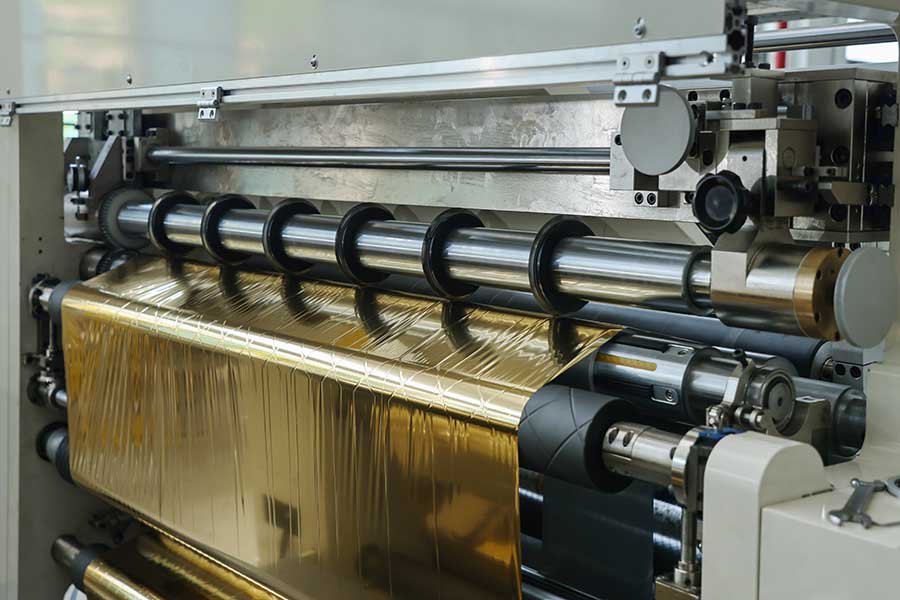 Precision is Profit: How High-Precision Slitting Rewinders Minimize Material Waste
Precision is Profit: How High-Precision Slitting Rewinders Minimize Material Waste High-precision slitting: On the decisive impact of hot stamping paper slitting machine on the yield of hot stamping process
High-precision slitting: On the decisive impact of hot stamping paper slitting machine on the yield of hot stamping process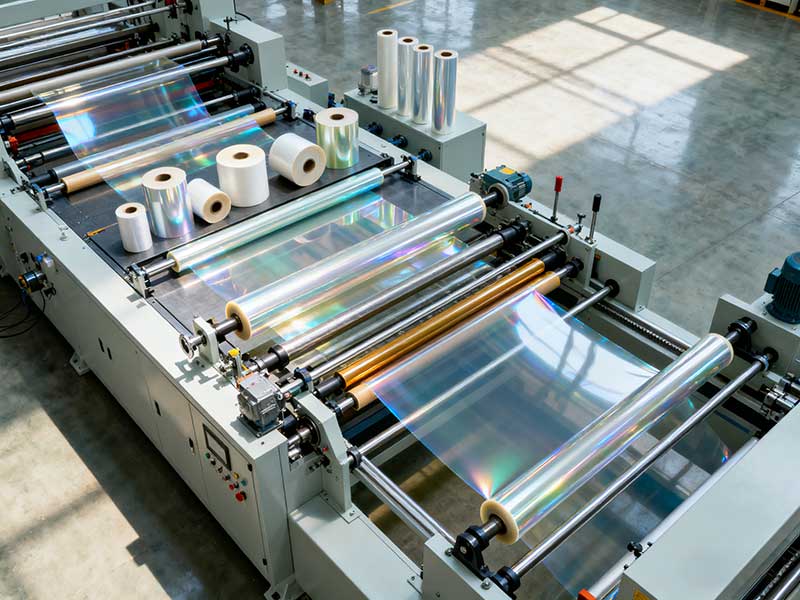 From master roll to finished product: a detailed explanation of the process flow and technological innovation of high-precision film slitting machines
From master roll to finished product: a detailed explanation of the process flow and technological innovation of high-precision film slitting machines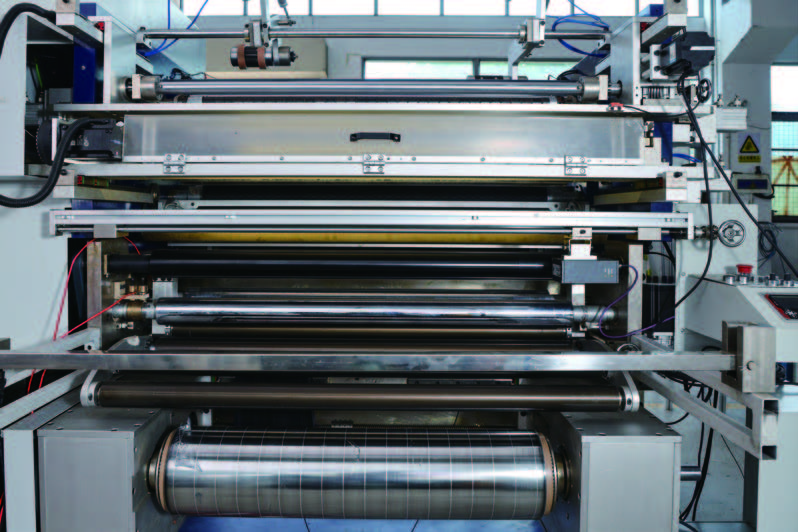 Technology drives the future: high-precision and intelligent slitting machine innovation trend report
Technology drives the future: high-precision and intelligent slitting machine innovation trend report